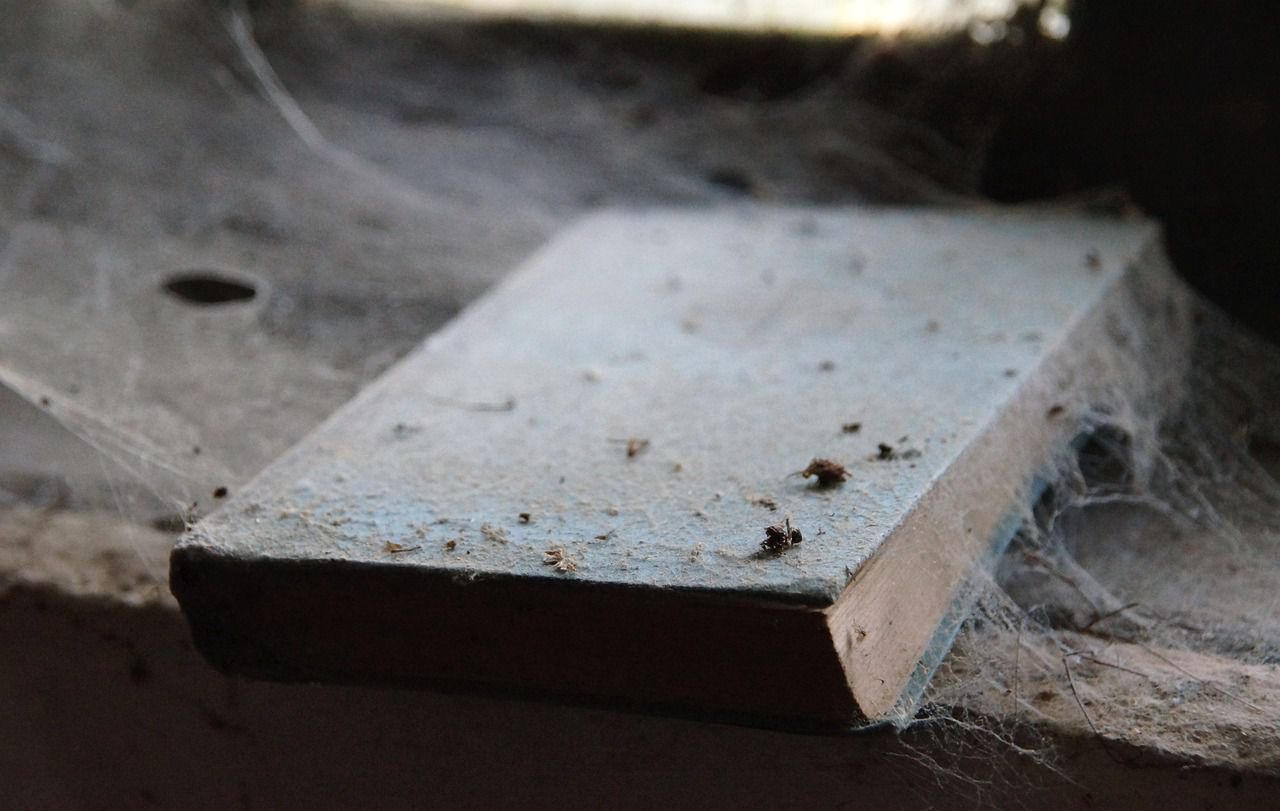Have you ever wondered why some surfaces tend to become dusty much faster than others?
Certain surfaces tend to attract dust more than others due to a combination of factors, including their texture, static electricity, and the presence of certain materials.
Here are some reasons why some surfaces are more prone to dust accumulation.
Texture
Surfaces with rough or porous textures provide more opportunities for dust particles to settle and adhere.
Dust tends to get trapped in the tiny crevices or irregularities of the surface, making it more noticeable and challenging to remove.

Static Electricity
Static electricity can cause surfaces to attract and hold onto dust particles.
When two materials with different electrical charges come into contact or rub against each other, it can create an electrostatic charge.
Surfaces like plastic, synthetic fibers, or certain types of electronics can generate static electricity, which in turn attracts and holds onto airborne dust particles.
Material Composition
Some materials have inherent properties that attract dust.
For example, fabrics made of natural fibers like wool or cotton may have a tendency to attract and retain dust due to their microscopic surface characteristics.
Location and Airflow
The location of a surface can influence dust accumulation.
Surfaces closer to high traffic areas, open windows, or vents tend to attract more dust due to increased airflow and circulation of airborne particles.









